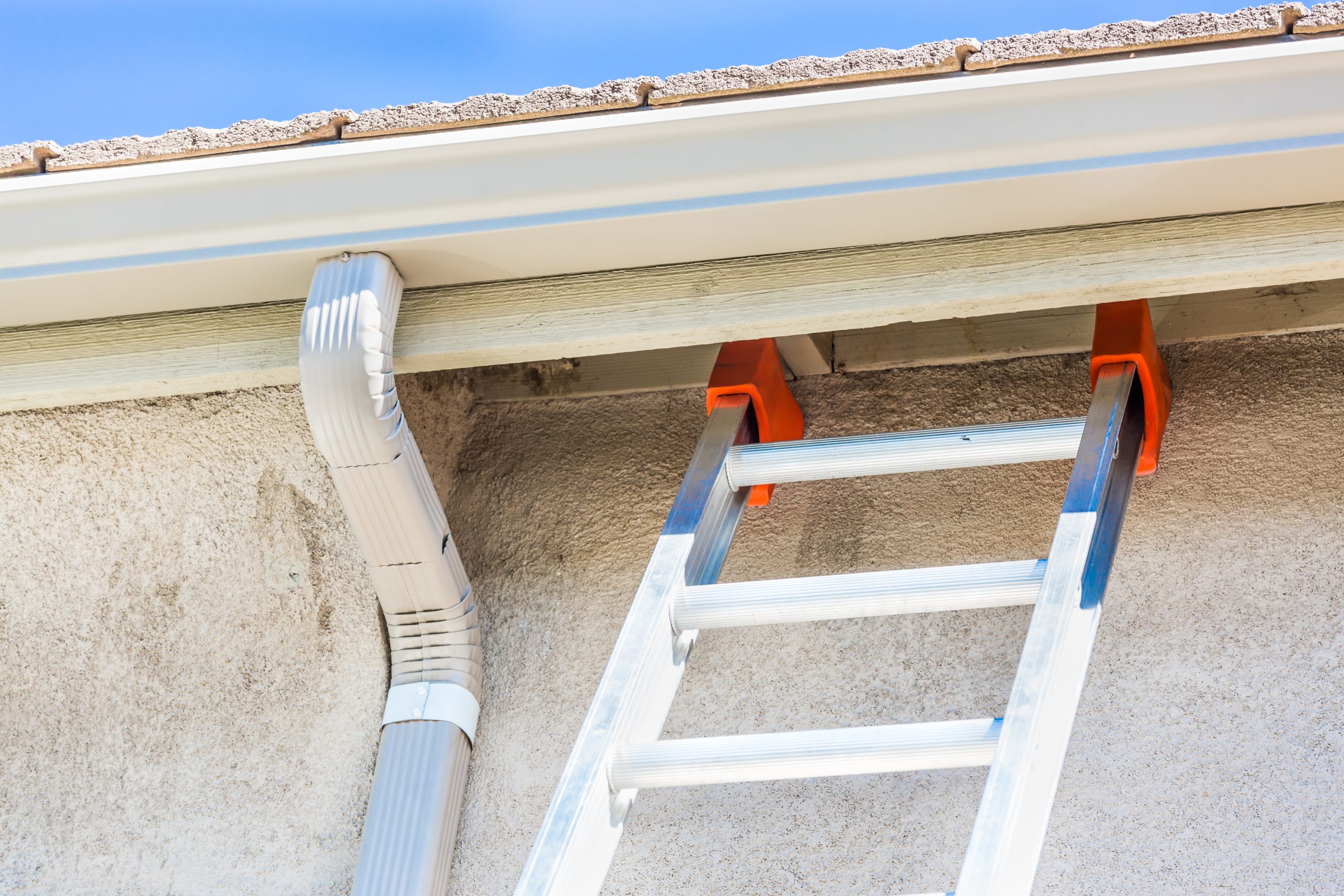When it comes to commercial gutter installation, accurately estimating the project costs is essential for budgeting and planning purposes. The cost of gutter installation can vary significantly depending on various factors, including the size of the building, the type of gutters chosen, and the complexity of the installation. By understanding the key factors that influence gutter installation pricing and following some budgeting tips, property owners can better navigate the process and ensure a successful outcome.
Factors Influencing Gutter Installation Pricing
Several factors can influence the cost of commercial gutter installation. Here are some key considerations to keep in mind:
- Gutter Material: The choice of gutter material has a significant impact on installation costs. Common gutter materials include aluminum, steel, vinyl, and copper, each with its own price point. Aluminum and vinyl gutters are generally more affordable, while steel and copper gutters tend to be more expensive due to their durability and longevity.
- Gutter Size and Style:The size and style of the gutters also affect installation costs. Larger buildings or those with complex rooflines may require more extensive gutter systems, resulting in higher installation costs. Additionally, specialty gutter styles, such as seamless or custom-designed gutters, may come at a premium price.
- Labor Costs: Labor costs are a significant component of gutter installation pricing. The complexity of the installation, accessibility of the building, and local labor rates can all impact labor costs. Additionally, if specialized equipment or techniques are required for the installation, this may also contribute to higher labor costs.
- Additional Components: In addition to the gutters themselves, other components such as downspouts, gutter guards, and drainage systems may be necessary for a complete gutter installation. The cost of these additional components should be factored into the overall project budget.
- Location and Accessibility: The location of the building and its accessibility can affect installation costs. Buildings located in remote or hard-to-reach areas may incur additional transportation or labor costs. Similarly, buildings with complex architectural features or obstacles may require more time and effort to install gutters, resulting in higher costs.
Tips for Budgeting Your Gutter Installation
Budgeting for commercial gutter installation requires careful consideration of the various factors involved. Here are some tips to help property owners budget effectively for their gutter installation projects:
Research Gutter Materials: Take the time to research different gutter materials and their respective costs. Consider factors such as durability, maintenance requirements, and aesthetic appeal when selecting the right material for your building.
Get Multiple Quotes: Obtain quotes from multiple gutter installation contractors to compare pricing and services. Be sure to provide detailed information about the size and scope of the project to ensure accurate quotes.
Consider Long-Term Value: While upfront costs are important, it’s essential to consider the long-term value of the gutter system. Investing in high-quality materials and professional installation may result in lower maintenance costs and fewer repairs over time.
Factor in Maintenance Costs: Don’t forget to budget for ongoing maintenance costs, such as gutter cleaning and inspections. Regular maintenance is essential for preserving the integrity of the gutter system and preventing costly repairs down the line.
Plan for Contingencies: Build a contingency fund into your budget to account for unexpected expenses or changes to the project scope. Having a buffer in place can help mitigate financial risks and ensure that the project stays on track.
By following these tips and considering the various factors that influence gutter installation pricing, property owners can develop a realistic budget for their commercial gutter installation projects and achieve successful outcomes. Investing in high-quality materials, professional installation, and ongoing maintenance can help protect the integrity of the building and ensure long-term performance of the gutter system.

